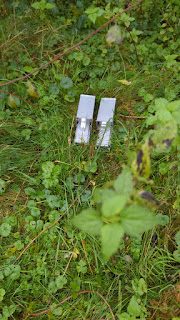Gorgeous Gorse
Time for another factfile, this time on the prickly plant that is gorse!
Common Gorse (Ulex europaeus)
Family: Fabaceae
Height: 2-3m
Conservation Status: Common
Flowering Season: January to June
Description: Evergreen shrub with solitary, yellow, coconut-scented flowers, and green spines for leaves
Distribution: Widespread across the UK
Gorse Fun Facts:
- Gorse was traditionally collected from commons for fuel, livestock fodder, making brushes, and even to colour Easter eggs!
- Gorse provides shelter for many bird species, such as Dartford warblers, stonechats and yellowhammers, and a nectar source for bees and butterflies!
- Folklore states when gorse isn't flowering, you shouldn't kiss loved ones - explaining why they are traditionally added to bride's wedding bouquets as fertility symbols!
- Gorse flowers are edible, their coconut fragrance making them perfect for salads and even infused in tea!
- Gorse is a fire-climax species, meaning they can catch fire and regrow from the roots after - the seeds are also adapted to withstand fore before germination!
- Gorse is a serious invasive species in areas such as the US, Chile and New Zealand, and can be biologically controlled by gorse spider mites and gorse seed weevils!




Comments
Post a Comment